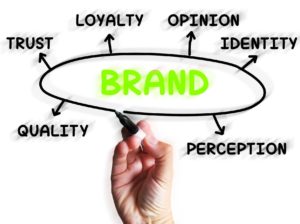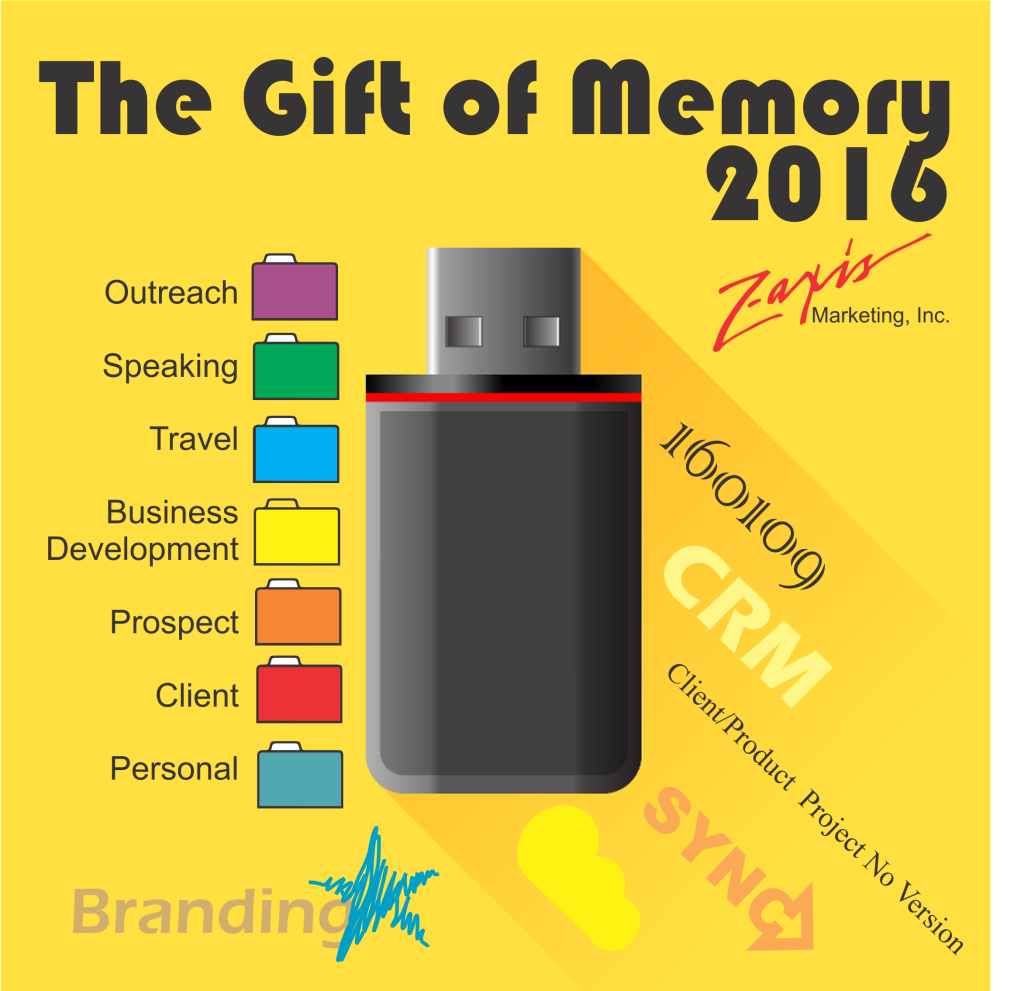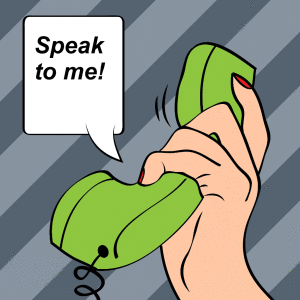
The sneezing makes it hard to concentrate.
Two nights and two days without power with temperatures below freezing in a hundred-year ice storm will leave you cold.
Bone Cold
Even when I found a friend’s couch to surf on I was still cold. Even when she produced a stew that I’d write home about I was still chilly. After two days of hospitality I got a call that power was back on in the neighborhood.
I walked into a home that was already warming up.
The lights worked.
My computers came back to life.
I muddled my way through 4 days of e-mail. Life had become normal again.
I had a hot meal. Left-overs, yeah, but I zapped ‘em in the microwave.
Slept in my own bed.
Murphy came to visit.
This morning I got up early to catch up with all the things that needed doing after 4 days in the dark.
What is that old line about he best laid plans going to Hell even as you put them to work?
My internet that had been working when I returned home was not. At first I thought it was somehow connected to the power outage. I rebooted two computers just to see.
Nope. So I turned to my phone to try to call the cable company. To use search on the phone I had to enter my Office 365 password. I tried that but it requires double security. I got through the first step using my phone as the security device. But because it is a two-step security system you need to use e-mail for the second step. Of course, I had none.
Murphy’s Law: If something can go wrong, it will.
Into the dark
So what do you do? I figured that there were a number of things I could do that didn’t require the internet.
- Continue pulling together scripts (audio and video) for the next round of Newlsogs
- Tackling all the filing I’d been putting off (one piece of administrivia I abhor)
- Preparing some blogs in Word for a client to demonstrate how to do them in WordPress
- Scripting sequences for orderly contacts of meeting professionals
- Tuning to local radio to see what is going on in the world.
Long term.
Those things are fine for the moment. But what should anyone do to avoid the problems long term?
- Learn to use your phone. Unless towers go down it usually will be the last device lost.
- Be sure you have all the methods of accessing your phone written down and that you test them at least monthly.
- Be sure you have the emergency number of your internet service in your phone (with a written copy in reserve)
- Make sure you can use your phone to contact clients, associates and others that impact your business.
- Be proactive. Reach out to all those an outage can affect. Do it as soon as you know.
That is not a lot to do, but it would have saved me hours of trying to get hooked up when my problem was an outage for the area.
I can work on both my business and projects for clients because I keep files resident in my system and synced with cloud copies. Unfortunately, I don’t sync everything. That will change.
Too many assumptions
The designers of the security systems are just trying to make things as risk free as possible. BUT, sometimes security measures can get in the way of effectiveness. The only way I could get the emergency phone number for my cable/internet service was to call a friend who was still connected. Wouldn’t it be a good idea to put it on every device where it could be found easily?
Customer disservice.
When you turn the TV on you get a message that the cable/internet is not connected and instructions you can’t finish reading about what to check. Wouldn’t putting the number to check for outage problems be a good idea to put into that message?
The problem is that damn little brain sweat is spent on situations with less than perfect conditions. The assumption is that these kinds of situations occur so infrequently that a band aid is sufficient for a sucking chest wound. Phone software that assumes you will have internet capability is simply stupid because there are a lot of times that could happen that are not connected to power outages. The inability to get any information on an internet outage other than a non-committal “It will be fixed shortly” is a customer disservice. People want to know how long power will be out, when the internet will be available again. How about a little customer service that acknowledges the customer’s questions and concerns.
And so it goes.
Jerry Fletcher is a sought-after International Speaker, a beBee ambassador, founder and CEO of Z-axis Marketing, Inc. See Jerry’s new speaker demo reel.
His consulting practice, founded in 1990, is known for on and off-line Trust-based Consultant Marketing advice that builds businesses, brands and lives of joy.
Consulting: https://www.JerryFletcher.com
Speaking: https://www.NetworkingNinja.com











